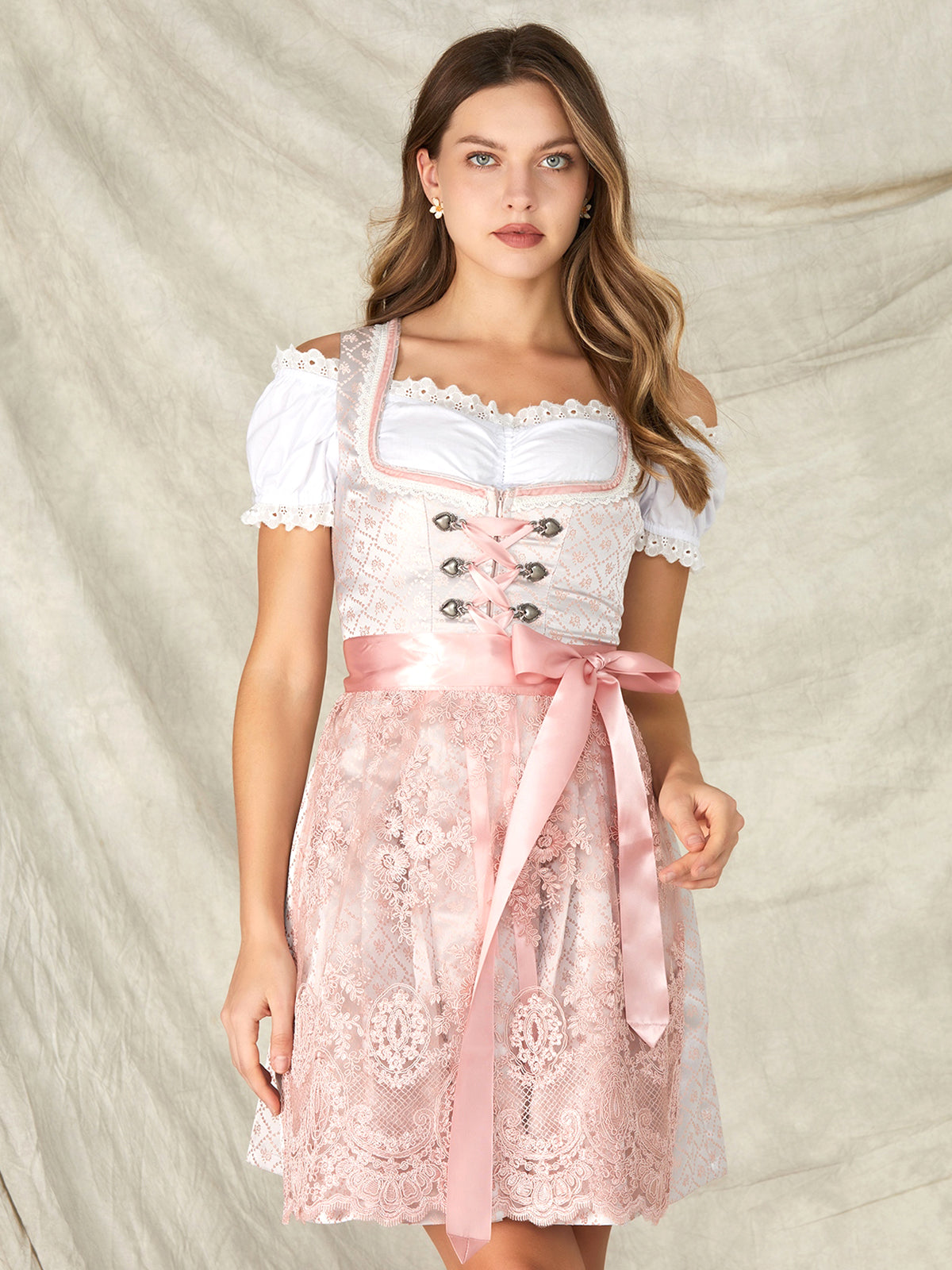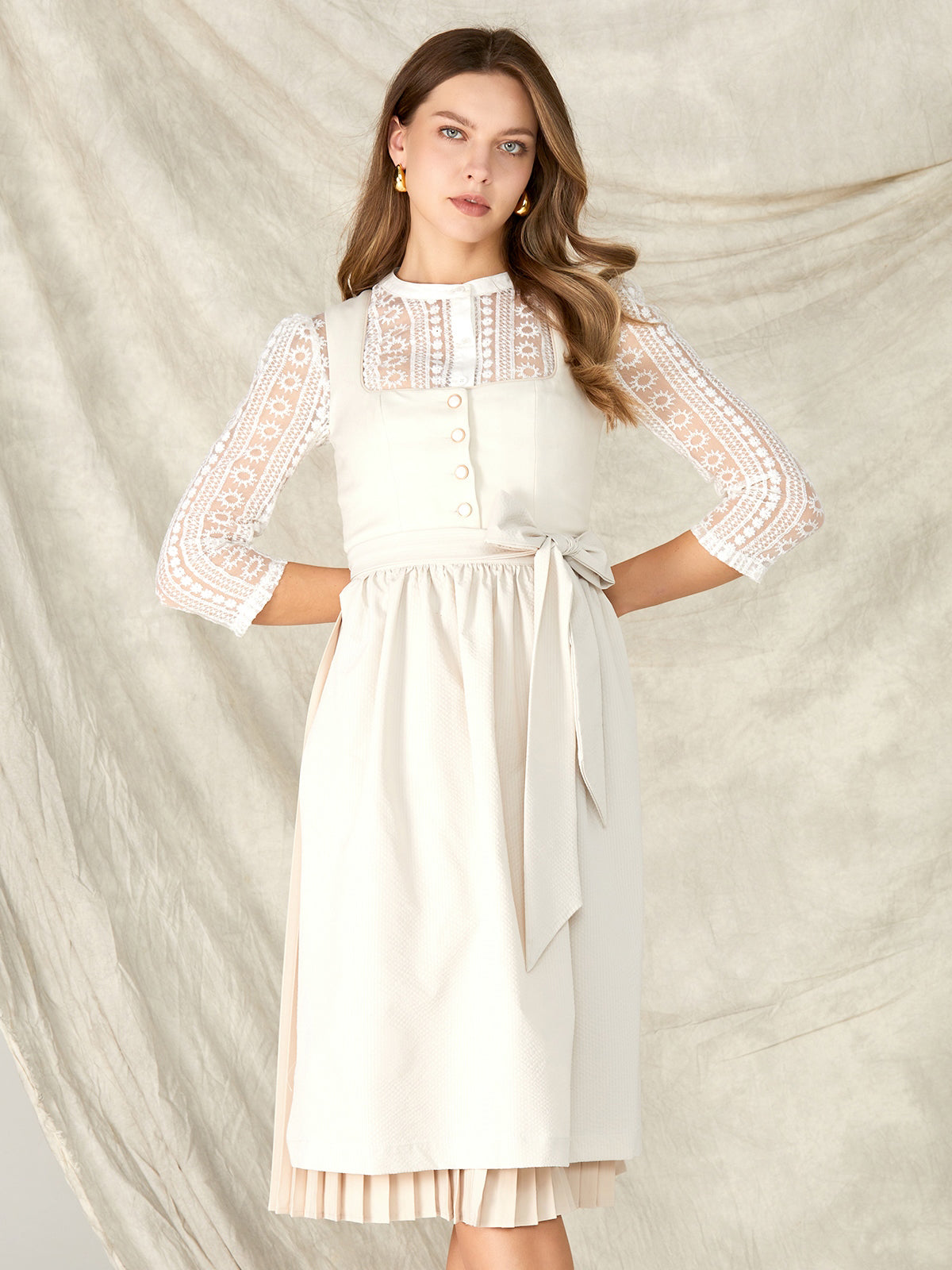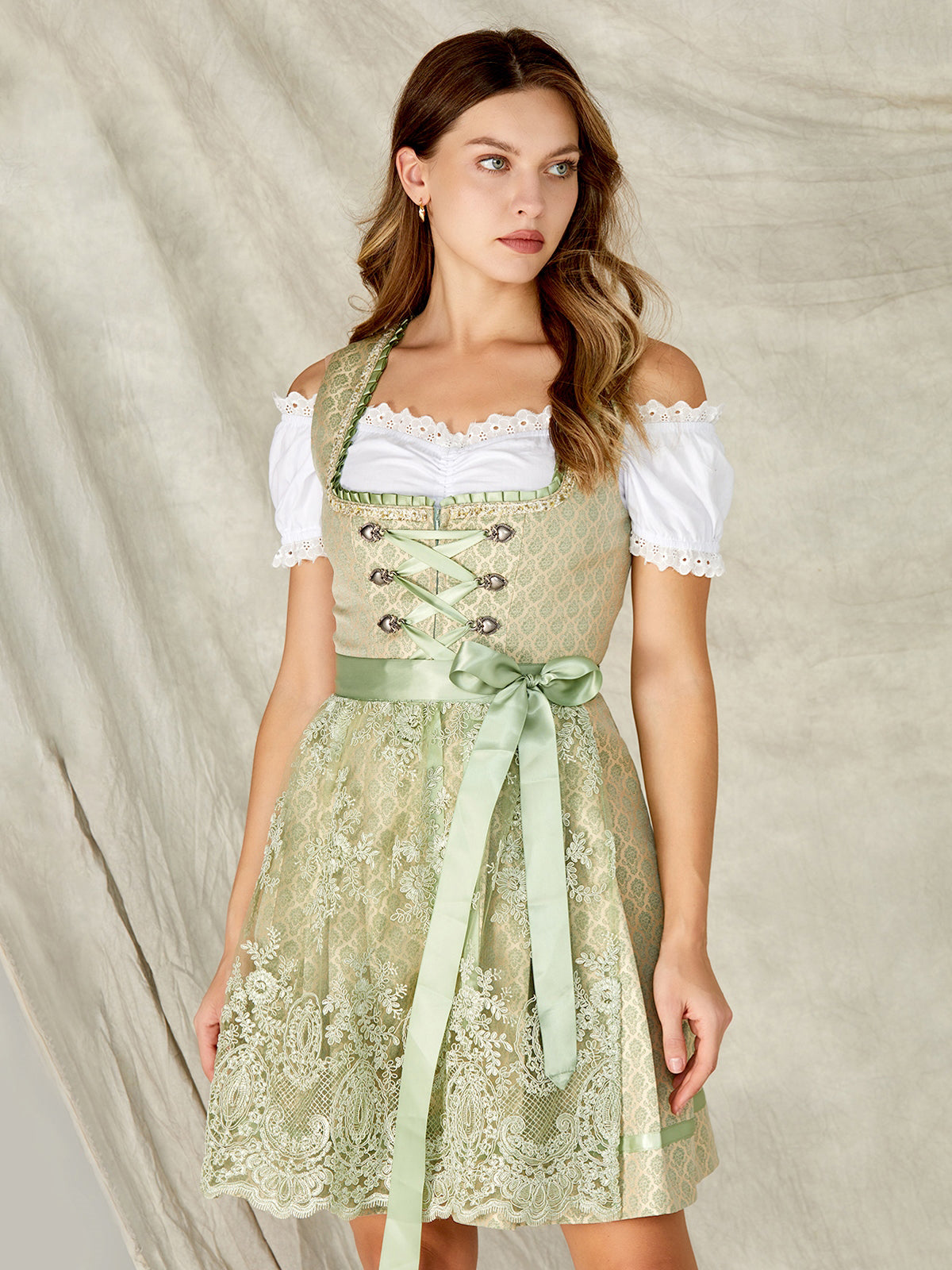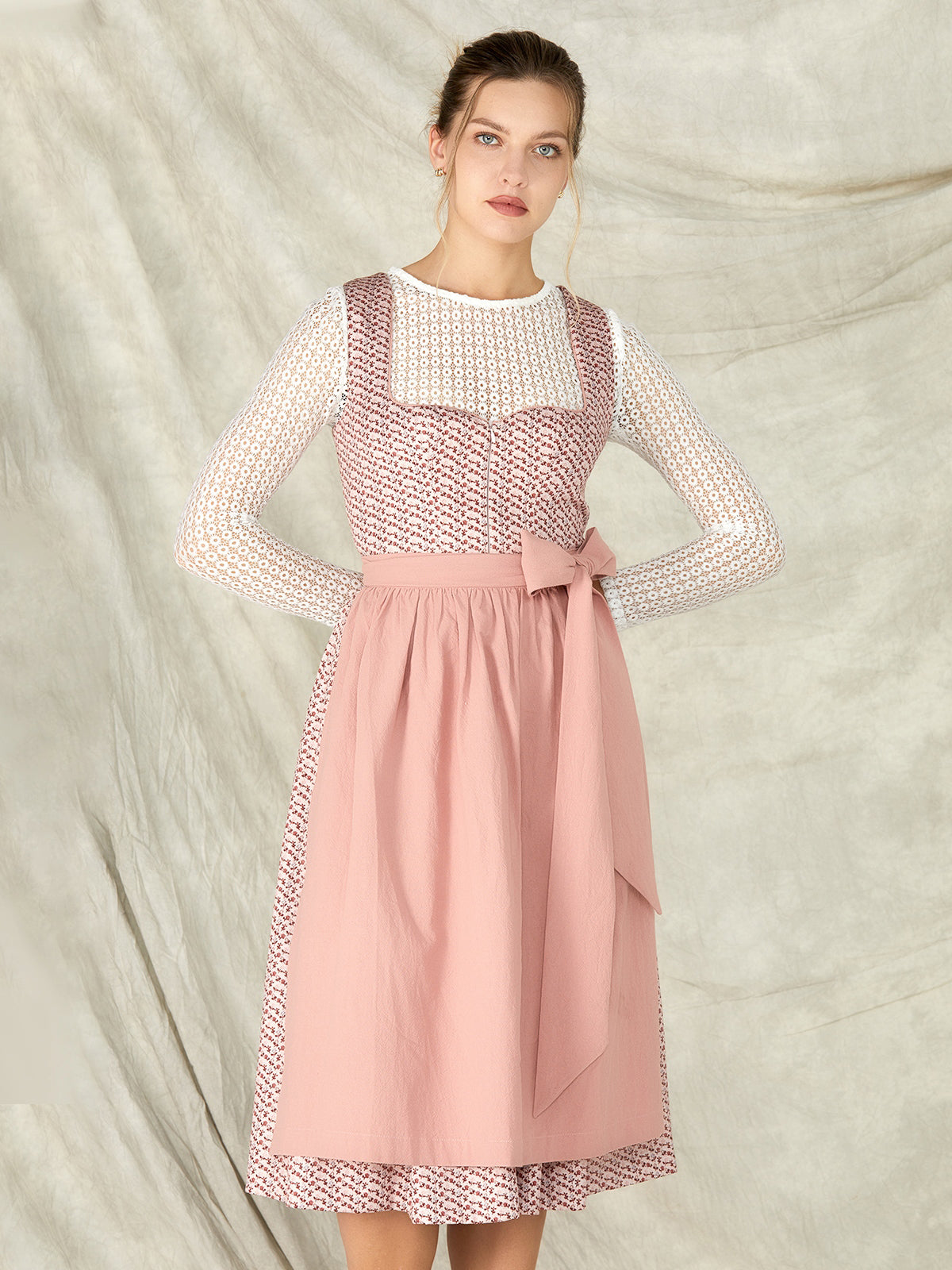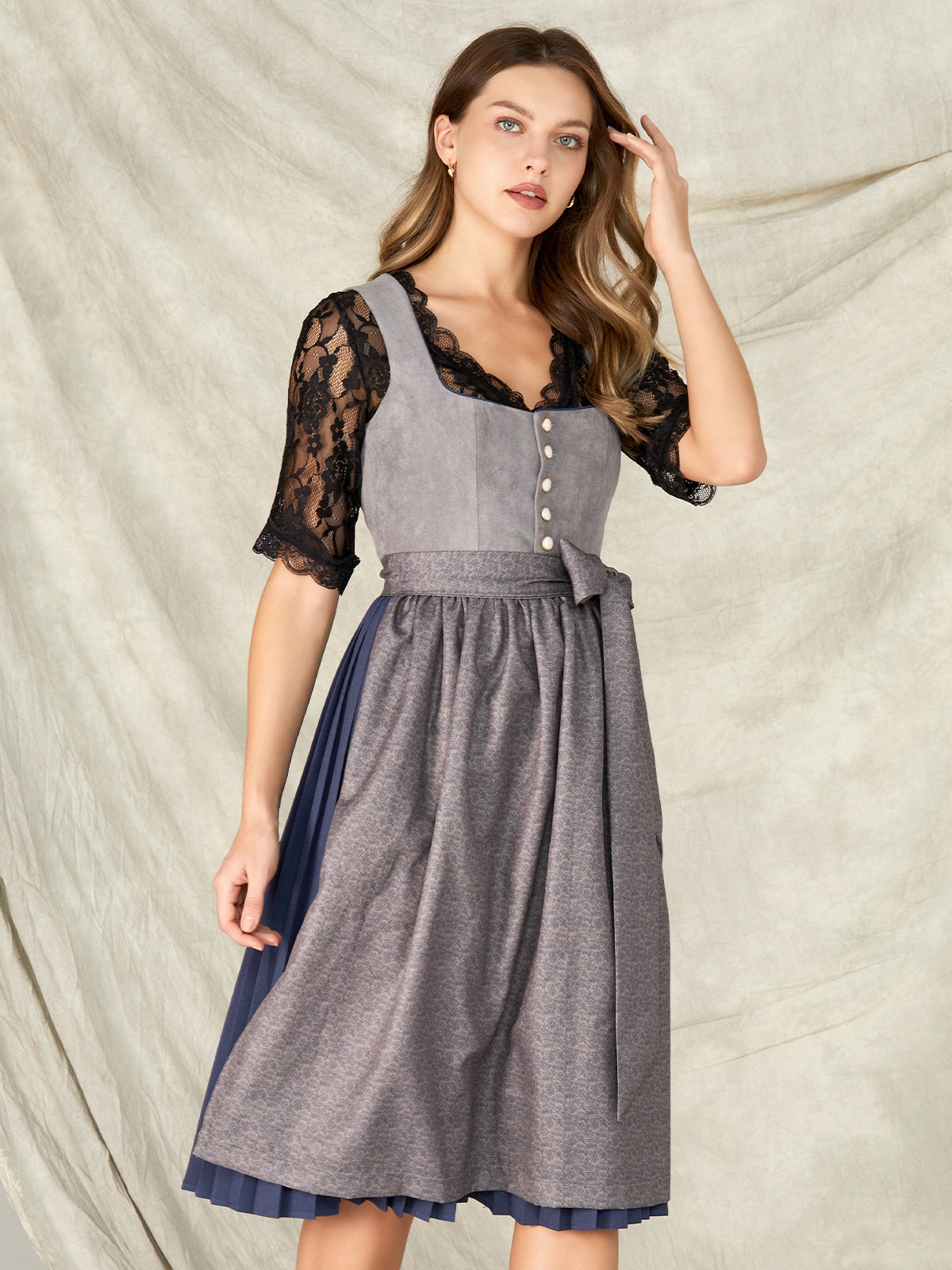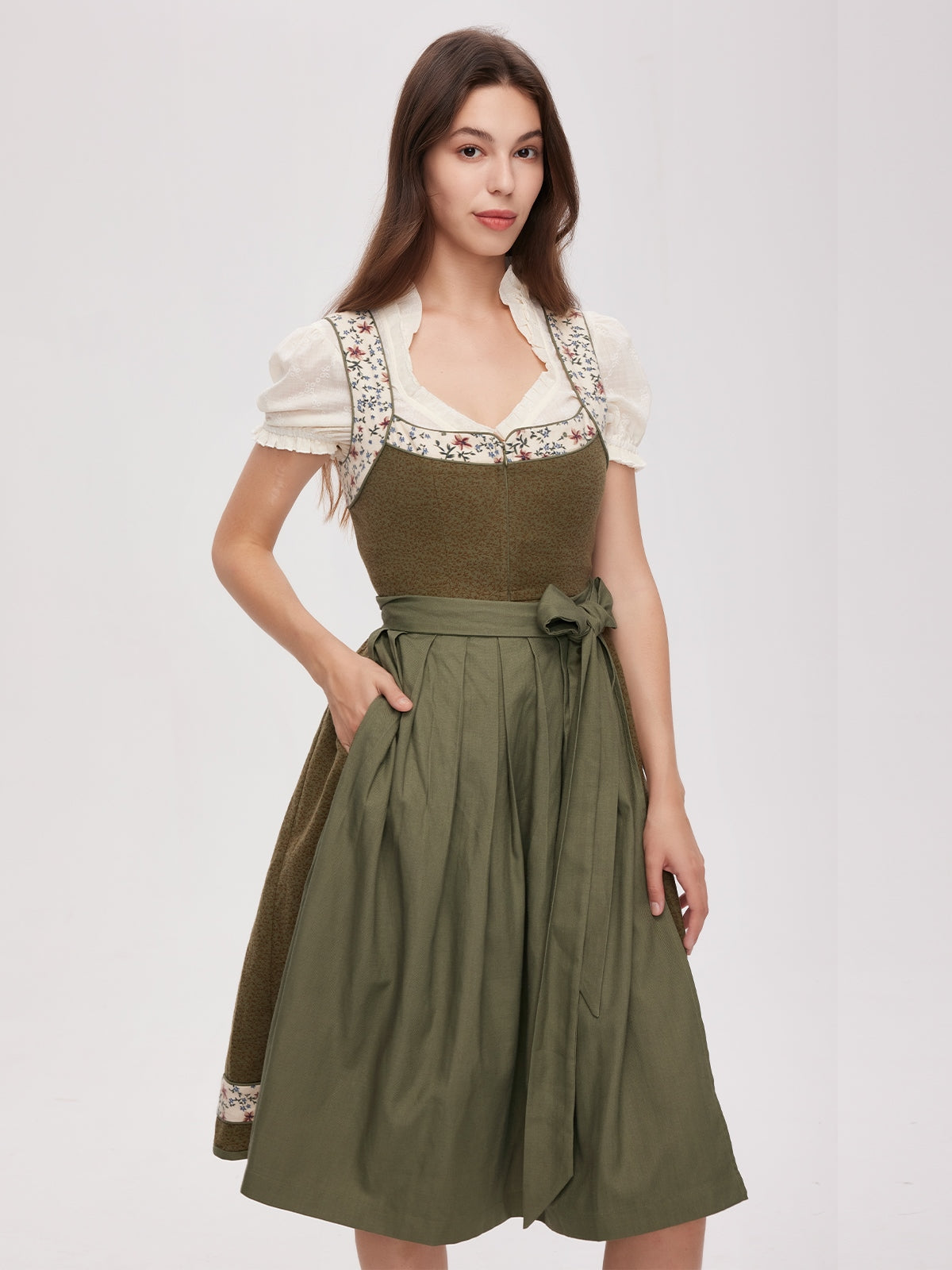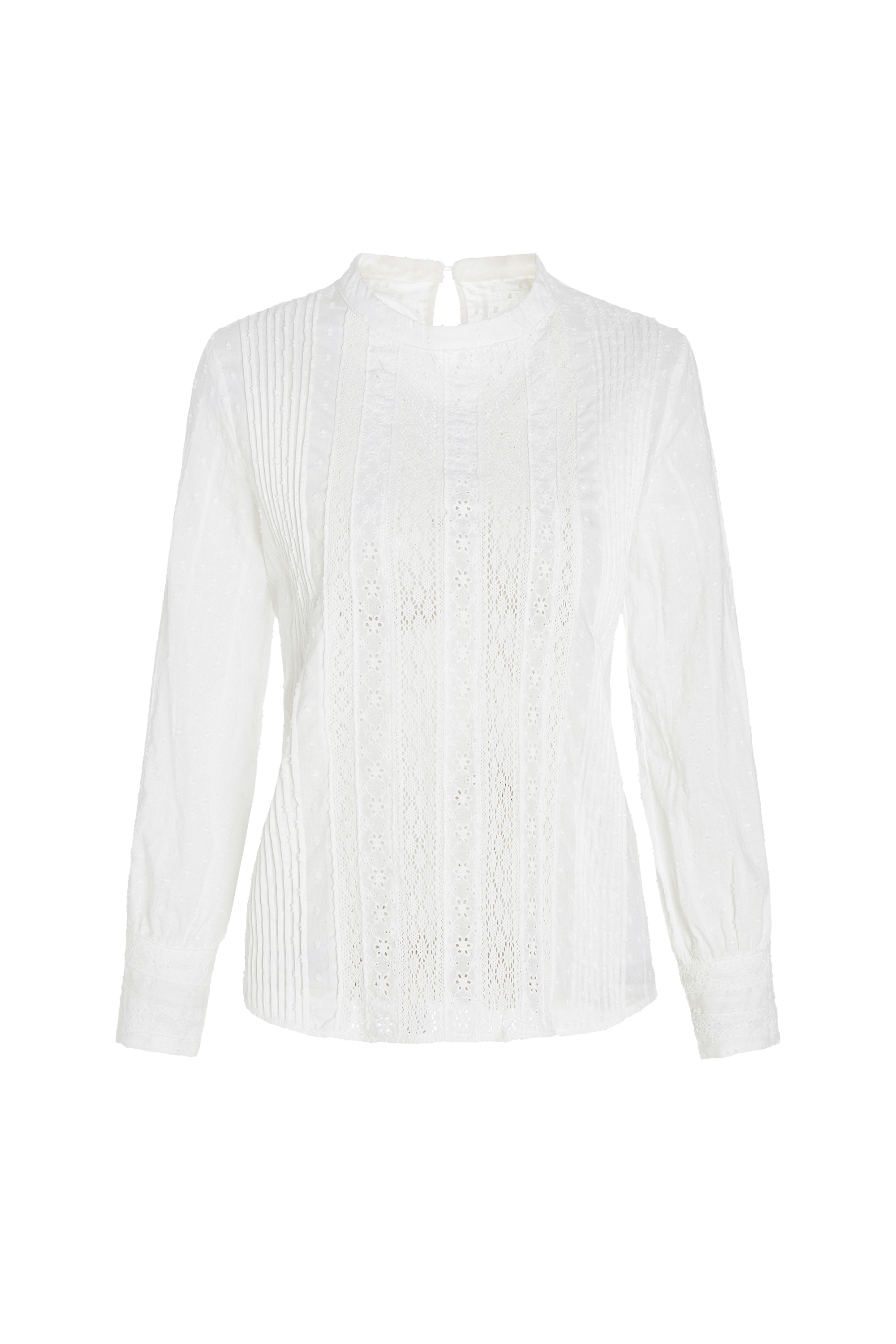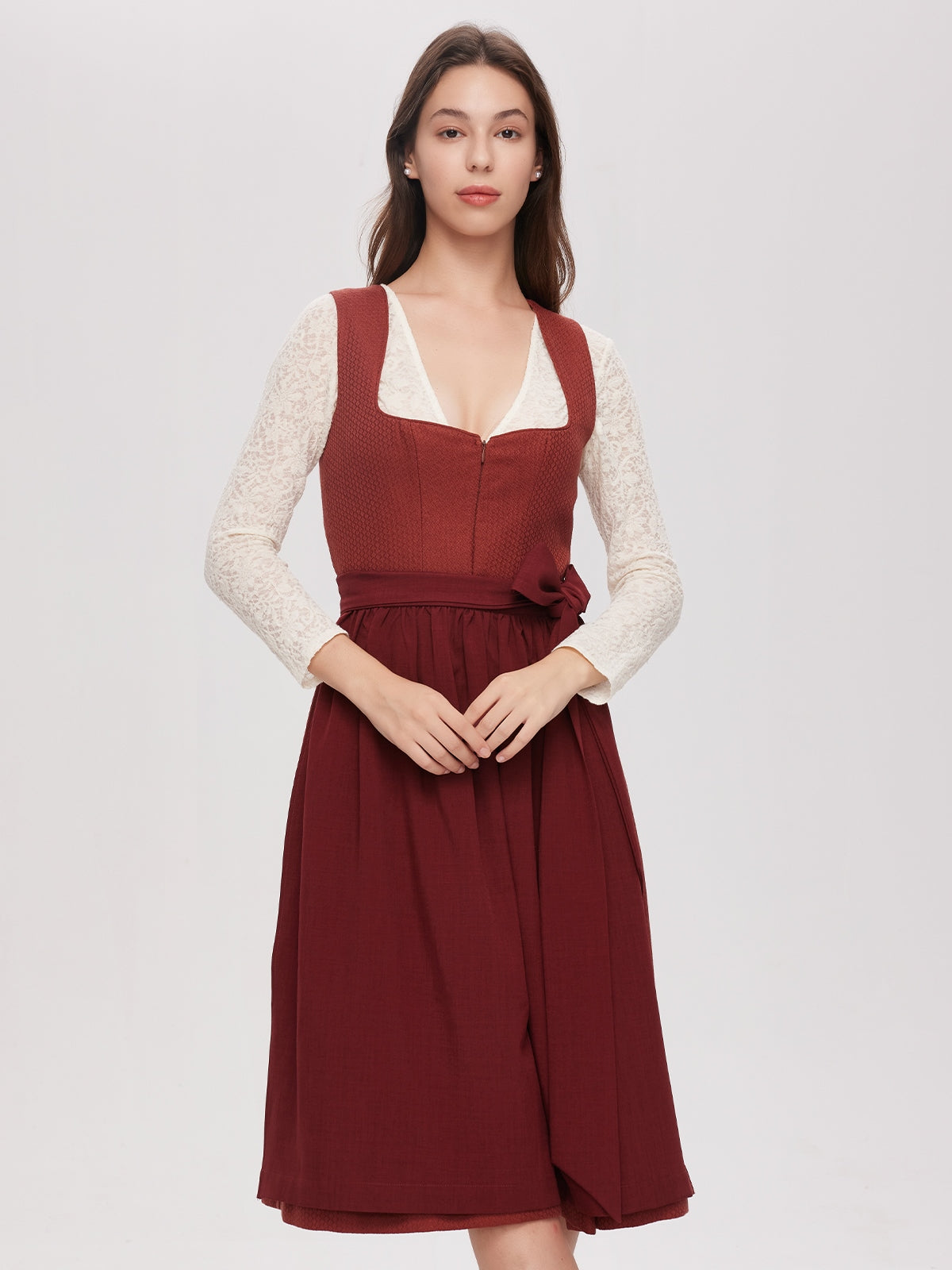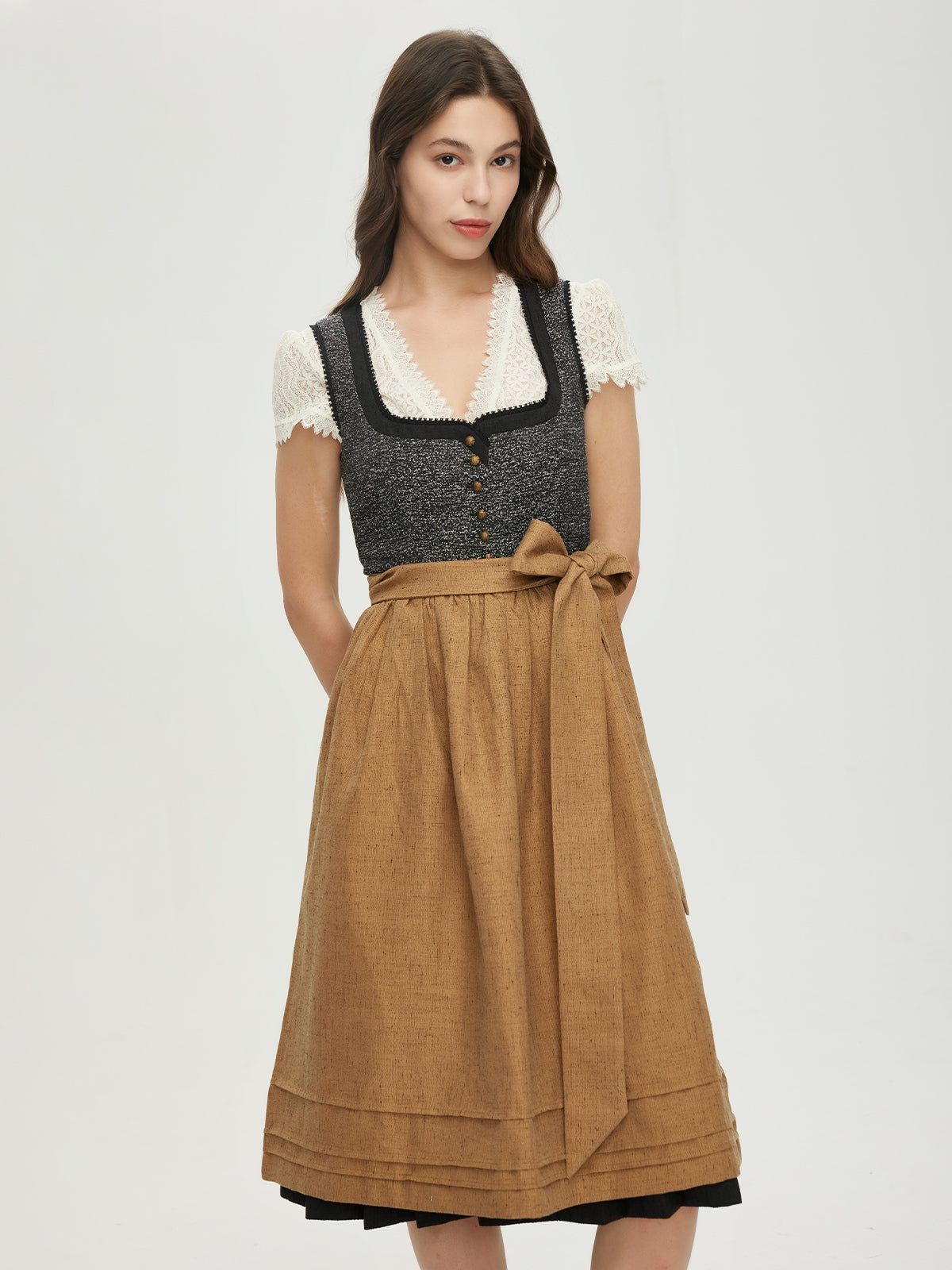Introduction: The Dirndl in the splendor of the Oktoberfest lighting
The sun slowly sinks behind the walls of the Theresienwiese, but the colorful lanterns of the Oktoberfest conjure up a magical atmosphere. Suddenly, a group of women in dirndls appears – pink velvet shimmers like a sunset, pink velvet cascades over the hips like a waterfall, and the exclusive models from Krüger Dirndl Store They radiate with intricate embroidery. Visitors visibly breathe in: tradition and modernity combine in a moment that reflects the soul of Bavaria. But what is it that makes the dirndl an iconic statement beyond the tourist fairytale?
1. Historical roots: From the farmers' chamber to the catwalk revolution
1.1 Origins in the 19th century
In the 19th century, the dirndl was a work smock for peasant women—rugged, made of coarse linen, with a leather apron to keep dirt off. Colors were sparing: brown, gray, and dark blue dominated. The beauty lay in its function, not its design.
1.2 The turn of the 20th century
With the rise of the middle class in the early 20th century, the dirndl changed. Nobles designed models with lace collars, floral embroidery, and soft skirts—a sign of social advancement. “Dirndl competition” became a status symbol, and fashion houses like Kruger established themselves as guarantors of quality.
1.3 Modern Avant-Garde: The Color Revolution
The turning point came in 2021 when the designer Lena Müller at Krüger Dirndl Store She combined pastel pink velvet with recycled fibers. "We wanted to show that tradition isn't static," she explained in an interview. The reaction was breathtaking: Instagram exploded with hashtags like #PinkesSamtDirndl, and fashion critics praised the "poetic radicalness."
2. Fashion problem solved: From folk costume aesthetics to high fashion
2.1 Three sceneries – three looks
- Oktoberfest chic : Pair a pink velvet dirndl with leather boots and an amber necklace for a mix of festivity and elegance.
- Dream dirndl : Pastel pink velvet with lace sleeves and a pearl necklace harmonizes with a white flower wreath – dream type “pure romance”.
- Everyday life : A pink velvet dirndl with jeans and sneakers embodies urban charm.
2.2 Colors for all skin types
Photographic note : A colored infographic box could illustrate the adaptation to different skin tones.
- Fair-skinned people : Light pink and white accentuate the face.
- Medium brown skin : Pastel pink with gold accessories looks classy.
- Dark skin : Violet pink with turquoise underwear creates contrasts.
3. Sensory experiences: From touch to memory
3.1 Tactile Magic
“When you run your finger over the velvet apron, you can feel the texture – soft like summer clouds, but with the depth of ancient history,” the blogger describes Anna Weber their experience. In contrast, linen is like "the sound of a river"—ideal for summer parties.
3.2 Smell as a time machine
"The air in the pub is mingled with the aroma of beer hops and the freshly dressed dirndl ," one explains. This scent becomes an emotional code that connects tradition and the present.
4. Future of tradition: Handcraft vs. 3D printing
4.1 Data that surprises
According to a study by Munich Cultural Association 2023 68% of young Bavarians wear dirndls at least once a year – an increase of 22% since 2018. But the question remains: Which technology is the future?
4.2 Your judgment
"Choose between traditional handcraft—with stitches that connect generations—or modern 3D printing that creates the most complex patterns in seconds? Share your photos with #DirndlRevolution and inspire others!"

